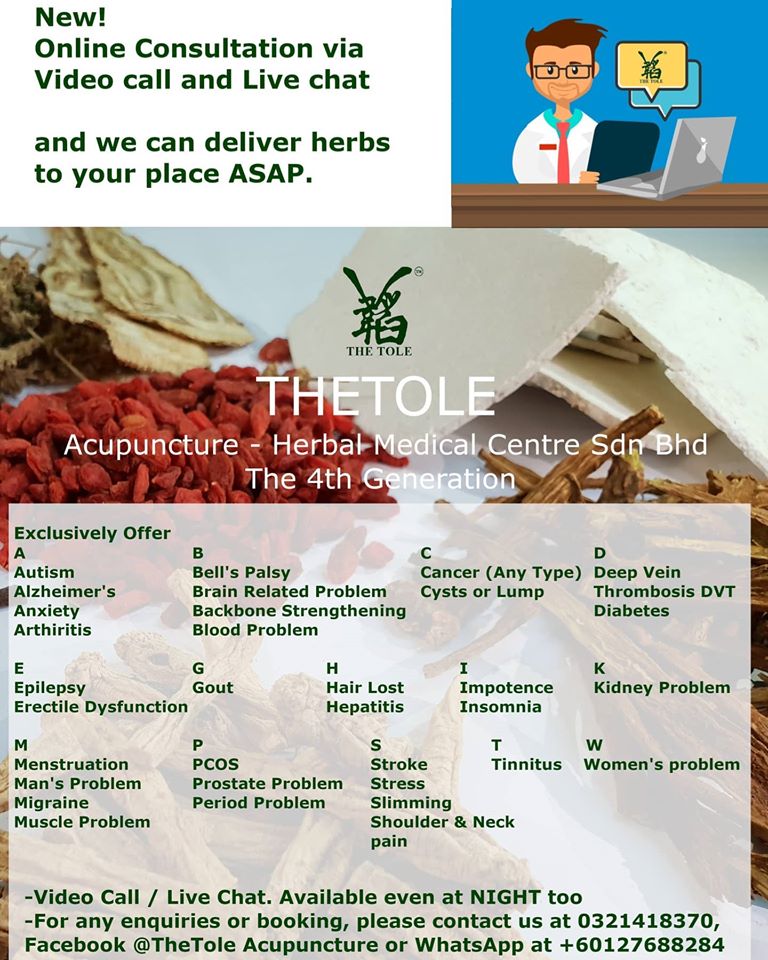Acoustic neuroma, also known as vestibular schwannoma, is a type of benign tumor that grows on the vestibular nerve, which is responsible for transmitting signals related to balance and hearing from the inner ear to the brain. While it is a rare condition, acoustic neuroma can cause a range of symptoms, including hearing loss, ringing in the ear, and balance problems.
In Traditional Chinese Medicine (TCM), acoustic neuroma is viewed as a manifestation of an underlying imbalance in the body’s energy or qi. The exact cause of this imbalance can vary, but it is often related to factors such as emotional stress, poor diet, and a lack of physical activity.
One of the primary treatment approaches in TCM for acoustic neuroma is to focus on restoring the balance of qi in the body. This can involve a variety of methods, including acupuncture, herbal medicine, and dietary changes.
Acupuncture is a form of therapy that involves the insertion of fine needles into specific points on the body. These points correspond to different meridians or channels through which qi flows. By stimulating these points, acupuncture can help to promote the flow of qi and restore balance to the body.
Herbal medicine is another important component of TCM. There are a variety of herbs that are used in the treatment of acoustic neuroma, depending on the specific symptoms and underlying causes. Some herbs may help to improve circulation and reduce inflammation, while others may have a calming or tonifying effect on the body.
In addition to acupuncture and herbal medicine, dietary changes may also be recommended in TCM for the treatment of acoustic neuroma. This can involve avoiding certain foods that may exacerbate symptoms, such as spicy or greasy foods, and increasing the consumption of foods that promote the flow of qi, such as fruits, vegetables, and whole grains.
Finally, TCM also emphasizes the importance of maintaining a healthy lifestyle, including regular exercise and stress reduction techniques such as meditation or qigong. By addressing the underlying imbalances that contribute to acoustic neuroma, TCM can help to alleviate symptoms and improve overall health and well-being.
In conclusion, acoustic neuroma is a complex condition that can be approached from a variety of perspectives, including Western medicine and TCM. While TCM may not be able to offer a cure for acoustic neuroma, it can provide a complementary approach that focuses on restoring balance to the body and promoting overall health and well-being. If you are considering TCM as a treatment option for acoustic neuroma, be sure to consult with a qualified practitioner who can help you develop an individualized treatment plan.

